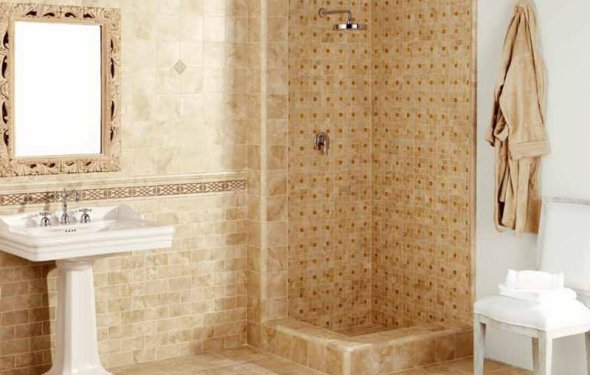Ceramic Frost Cells

 Terracotic, ceramic and frost stoves are used in work such as. The floor is made of specially designed stoves called chalkers.
Terracotic, ceramic and frost stoves are used in work such as. The floor is made of specially designed stoves called chalkers.
Thercots are produced with a thickness of about 12 mm in the form of a square, a rectangle, a six-grunter, etc. They are used not only to cover the walls with stoves, but also to separate the floors.
The stove normally has a dimensions of 15x15 cm and a thickness of up to 10 mm.
Before the purchase, it should be calculated how many stoves it will be necessary to carry the walls with a stove in the room. Before work begins, we have to pre-load the stoves into the water and send them through the edge of the sandman. The surface to be lit shall be pre-dissolved with a thickness of 15-20 mm in order to ensure a clutch between it and the tiles.
First of all, the floors are separated by probes (holkers) that lay on the floor along the walls or on the blintus, and the gap between them and the wall is filled with cement or cement-limestone solution. The stoves are then placed by the rows: the square stoves are placed in chess or in one line, followed by the precise positioning of the cross-sections; the six-strong stoves are more suitable for work, as they can be easily moved to one. A cement or limestone cement solution in the ratio of 1:1, 6.
It is not recommended that a lot of solutions be built, as some stoves will be too glued and others will be below the surface. The sticks need to be pressed to the surface, but in no case should they be wrapped with a hammer so they don't get too settled. Then they're wiped with a wet rag, and then they're purified with opium. If the stoves are cemented with a solution, they should be wiped with a rag, a mixture of clipid or a weak solution of salt acid. When covering sections adjacent to pipes or sewers, niche and so forth, the stoves shall be cut and the stoves shall be used for the use of spicy doloto, knife and cage.
Qualitatively, we are doing the following works on the walls of the stove:
- Location walls of ceramic tiles
- Limitation of the walls of the frost
- Cylinder walls